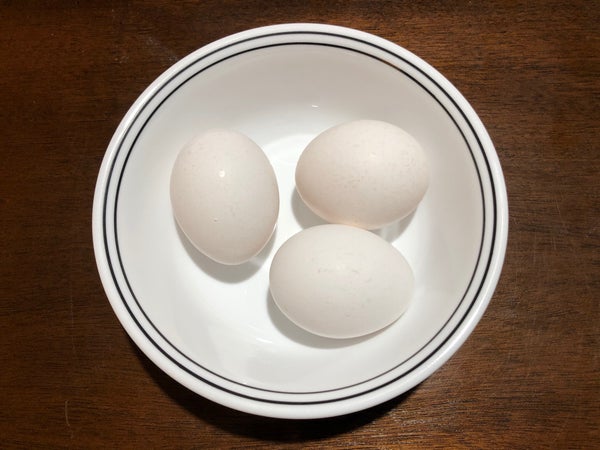Hi, I’m Scientific American podcast editor Steve Mirsky. And here’s a short piece from the March 2020 issue of the magazine, in the section called Advances: Dispatches from the Frontiers of Science, Technology and Medicine.
The article is titled “Quick Hits,” and it’s a rundown of some noncoronavirus stories from around the globe, compiled by assistant news editor Sarah Lewin Frasier.
From the Dominican Republic:
A sunken museum at La Caleta Underwater National Park will preserve in place a ship that sank in 1725, complete with real (and replica) artifacts kept underwater for people to explore. Submerged artifacts often degrade faster when removed from the sea.
On supporting science journalism
If you're enjoying this article, consider supporting our award-winning journalism by subscribing. By purchasing a subscription you are helping to ensure the future of impactful stories about the discoveries and ideas shaping our world today.
From Greenland:
New simulations indicate that a rocky valley detected under the island’s ice sheet may contain a 1,600-kilometer-long subterranean river, flowing from central Greenland to its northern coast.
From Greece:
Archaeologists uncovered gold, jewels and beads in a large building on the now uninhabited Minoan island of Chrysi, a location that about 3,500 years ago was devoted to making purple dye from sea snails called Murex.
From England:
Researchers found 1,700-year-old chicken eggs, along with other ancient objects, in a waterlogged pit in southeastern England. A few eggs broke during extraction, releasing a sulfurous smell—but one remained intact, making it the only complete egg found from Roman Britain.
From Australia:
To help boost Sydney Harbor’s endangered seahorse population, scientists bred baby seahorses in an aquarium and built crab-trap-like undersea “hotels” to protect them as they adapt to the wild.
From Antarctica:
Scientists test-drove a meter-long, wheeled rover that streamed live views of the depths as it rolled along the underside of Antarctic ice. The Buoyant Rover for Under-Ice Exploration (BRUIE) could someday explore frozen-over seas on worlds such as Jupiter’s moon Europa.
That was “Quick Hits,” by Sarah Lewin Frasier.

